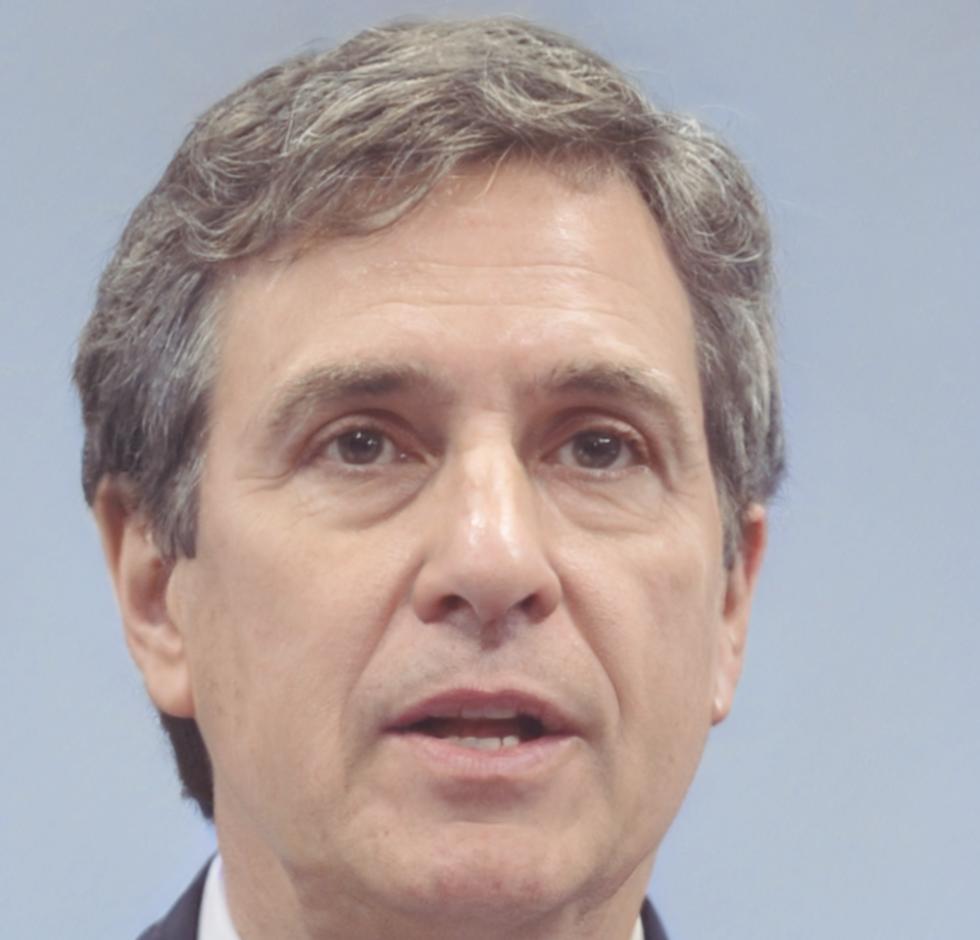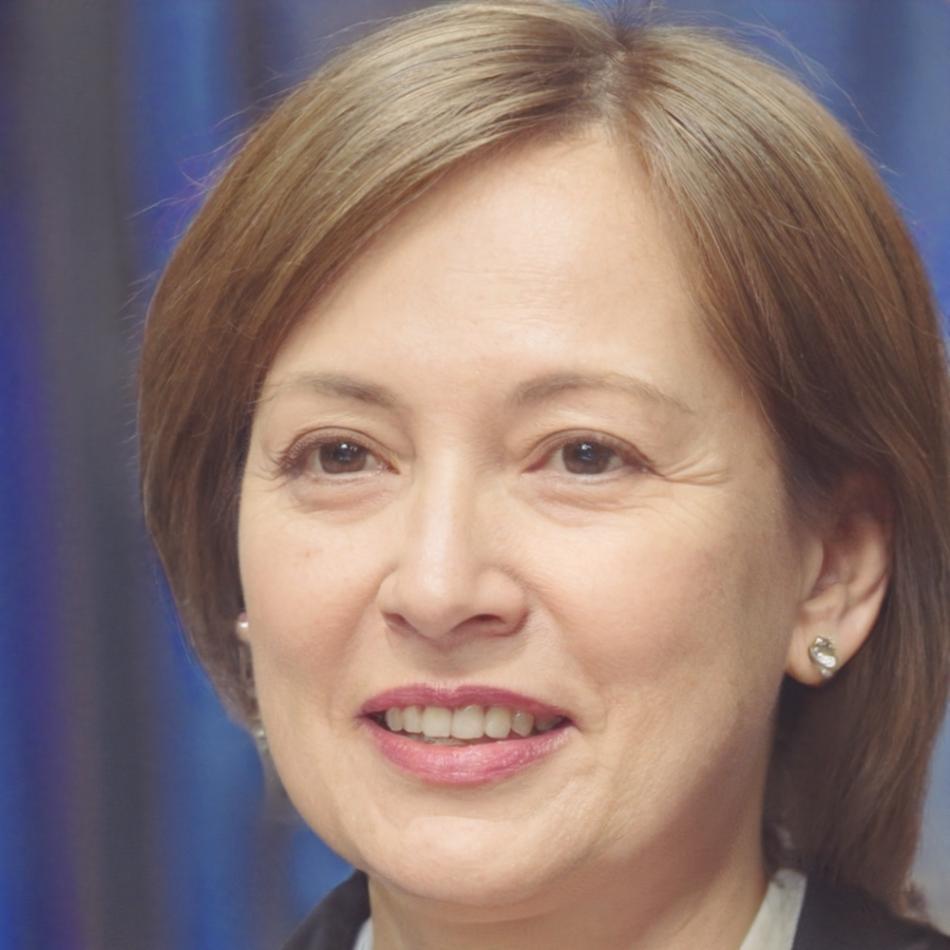Business Finance Clarity for Australian Owners
We teach practical financial management through real business scenarios. Our September 2025 cohort focuses on helping Australian business owners understand their numbers without the usual complexity or jargon that makes it all feel inaccessible.
View Program Details

Henrik Lindqvist
Finance Strategy Lead
Spent fifteen years helping family businesses transition from spreadsheet chaos to actual financial systems. Most of what I teach comes from mistakes I've watched companies make—including my own early consulting days when I thought complex was better.

Aoife Brennan
Cashflow Management
My background is in retail and hospitality finance—the sectors where cashflow can break you in weeks if you're not watching. I focus on teaching the weekly habits that prevent the monthly panics most owners experience but rarely talk about.
How We Actually Teach This
- Real business case studies from Australian companies—not textbook scenarios that sound good but don't match reality
- Weekly financial review sessions where you bring your own numbers and we work through them together
- One-on-one consultations with instructors to address your specific business structure and challenges
- Practical templates and systems you can implement immediately, not theoretical frameworks
- Small cohort sizes so questions get proper attention rather than generic answers
What You'll Actually Learn
Three core modules that build on each other. We start with understanding where you are financially, then move into managing daily operations, and finish with planning ahead without needing a finance degree.
Module One
Reading Your Financial Reality
Most business owners glance at their bank balance and hope for the best. We'll teach you to read profit and loss statements, balance sheets, and cashflow reports in ways that actually inform your decisions.
- Understanding which numbers matter for your specific business type
- Spotting warning signs before they become serious problems
- Building monthly review habits that take under an hour
- Interpreting accountant reports without feeling lost
Module Two
Managing Money Movement
Revenue means nothing if you can't pay suppliers on time. This module covers the daily and weekly practices that keep cashflow healthy, even during slower periods that hit every business.
- Setting up payment systems that protect your cashflow
- Building reserves without strangling business growth
- Managing seasonal fluctuations in Australian markets
- Negotiating terms with suppliers based on actual cash position
Module Three
Planning Without Guessing
Financial forecasting sounds intimidating but it's mostly about informed estimates based on what you already know about your business. We'll build forecasting skills that help you make better decisions about hiring, inventory, and expansion.
- Creating realistic projections using your historical data
- Scenario planning for best and worst case situations
- Knowing when you can afford to invest in growth
- Building financial buffers for unexpected challenges


What Changes After This Program
You won't become an accountant—that's not the goal. But you will understand your business finances well enough to make informed decisions, spot problems early, and have productive conversations with your bookkeeper or accountant instead of just nodding along.
Getting Started This September
Our next cohort begins September 2025. The program runs for twelve weeks with live sessions, practical assignments, and ongoing instructor support. Here's how the enrollment process works.
Initial Consultation
We start with a conversation about your business and current financial practices. This helps us understand whether the program matches your needs and lets you ask questions about what we cover. No obligation—just an honest discussion about fit.
Program Enrollment
If it seems like a good match, you'll receive enrollment details including schedule, investment, and what materials you'll need. We keep cohorts small so everyone gets proper attention—typically around fifteen participants per session.
Pre-Program Preparation
Before the first session, we'll send you a financial assessment template to complete. This isn't a test—it helps you gather the information we'll be working with and gives instructors context about your starting point.
Program Delivery
Twelve weeks of structured learning with weekly live sessions, practical assignments using your own business data, and access to instructors between sessions when you need clarification or guidance on implementation.